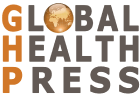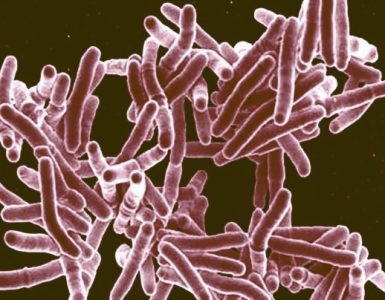Behind geopolitical conflicts and the ongoing COVID-19 pandemic are the sporadic chains of avian influenza outbreaks with 79 notifications spread across countries from Africa, Asia, Europe and America within the first 3 months of 2022. Influenza types are divided into A, B & C with the first two causing clinically significant diseases in humans. Type A influenza are classified based on their surface proteins hemagglutinin (H) and neuraminidase (N) which help in viral entry into cells and viral progeny release from infected cells, respectively. This led to the strain nomenclature we see today (H5N1, H9N2, etc.).
The avian influenza’s ability to infect birds ranging from domestic poultry to wild aquatic and migratory fowls makes it very difficult to control. Reported estimates on the economic impact of previous outbreaks in Minnesota and Italy ranges from $300–$500 million USD while global estimated losses are in the billions of USD due to the mass culling of at least 200 million birds. Though there are existing poultry vaccines for use, the current vaccine technologies make it difficult to implement due to the variability of the virus in different regions of the world and that long term use of influenza poultry vaccination may contribute in masking the virus’s presence. For humans, protective gears for those who work with poultry are effective and several approved H5N1 vaccines, despite their modest immunogenicity, reduce the risk of getting sick. Antiviral drugs are also effective: neuraminidase inhibitors such as oseltamivir, zanamivir and peramivir or the cap-dependent endonuclease inhibitor baloxavir marboxil. It is important to note that the ever-changing nature of the influenza virus alongside prolonged use of antiviral drugs contribute to reduced viral susceptibility and antiviral drug resistance.
Learn more about Influenza at VacciTUTOR.
By Merlin Sanicas Aix-Marseille University Team Antibody Therapeutics and Immunotargeting at Centre de Recherche en Cancérologie de Marseille Laboratoire Adhésion et Inflammation

















